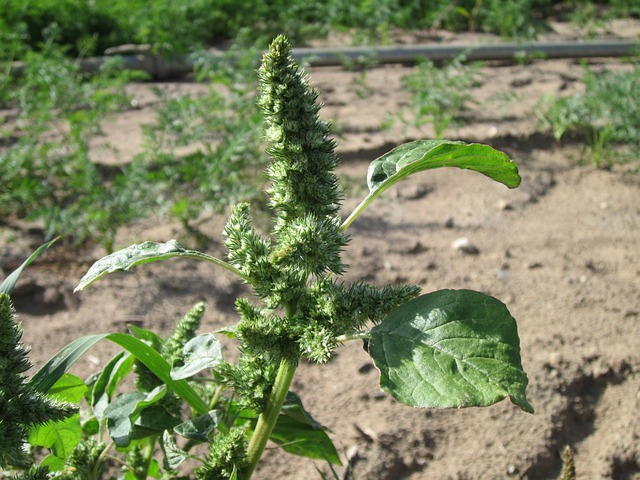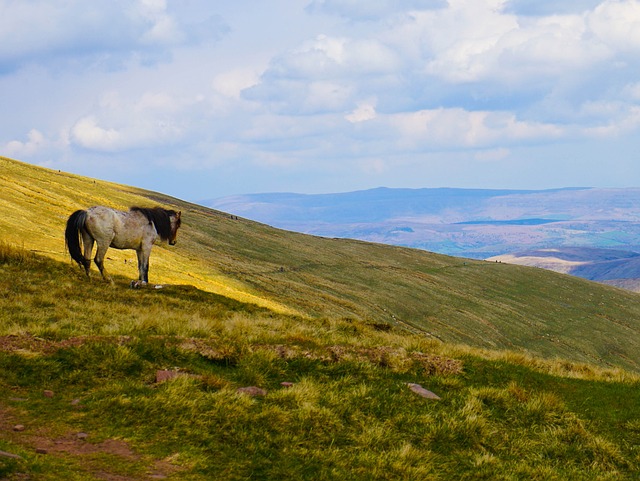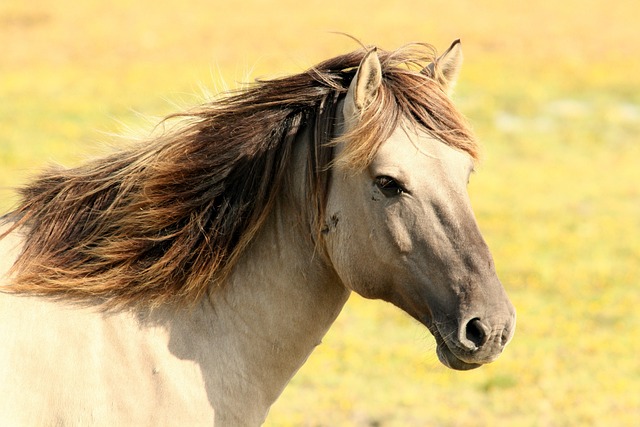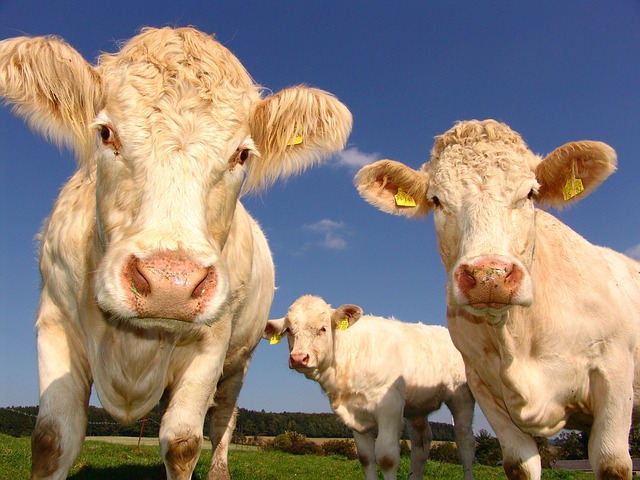
Pigweed
February 2, 2023
Ragweed
February 2, 2023Pyracantha, also known as firethorn, is a popular ornamental shrub commonly grown in the UK and other parts of the world. While its bright berries are attractive, they can be toxic to horses if ingested in large quantities. Firethorn (pyracantha) and hawthorn are often mistaken for each other due to their similarities in appearance. However, it is crucial to note that firethorn is toxic to horses. To differentiate between the two plants, one should examine their leaves and berries. Firethorn boasts leaves that are short and shiny and bears rounded berries, while hawthorn has different characteristics.
The berries of the pyracantha plant contain cyanogenic glycosides, which can release toxic hydrogen cyanide if ingested. In horses, ingestion of cyanogenic glycosides can cause symptoms such as colic, respiratory distress, and a rapid heartbeat. In severe cases, it can lead to death.
It is important to note that the risk of toxicity from pyracantha is highest in the berries, and in some cases, the leaves and stems of the plant can also contain toxic compounds. As such, it is essential to be cautious when allowing horses to graze in areas where pyracantha may be growing, and to remove any fallen berries or branches promptly.
To protect horses from the toxic effects of pyracantha, it is important to be aware of its presence in pastures and to remove any fallen berries or branches before they can be ingested by horses. If you are planting pyracantha in your garden, it is important to place it in an area where it will not pose a risk to horses, such as in a raised bed or in a location that is not accessible to horses.
In conclusion, pyracantha is a toxic plant that can have serious consequences for horses if its berries are ingested. It is important to be aware of its presence in pastures and to take steps to protect horses from exposure to the plant. If you suspect that your horse has ingested pyracantha berries, seek veterinary attention immediately, as prompt treatment is crucial for the best outcome.




